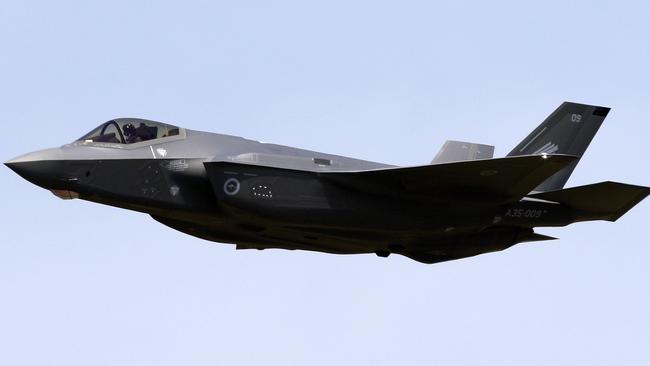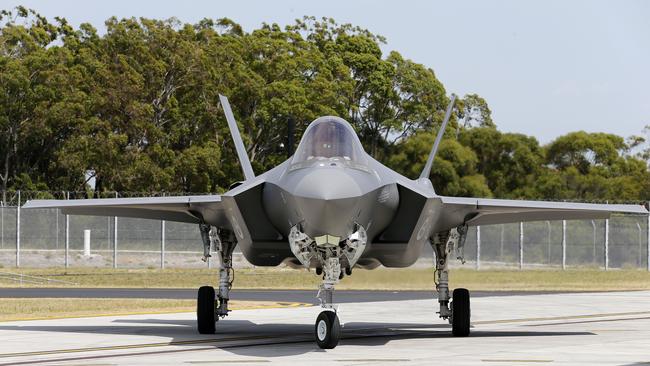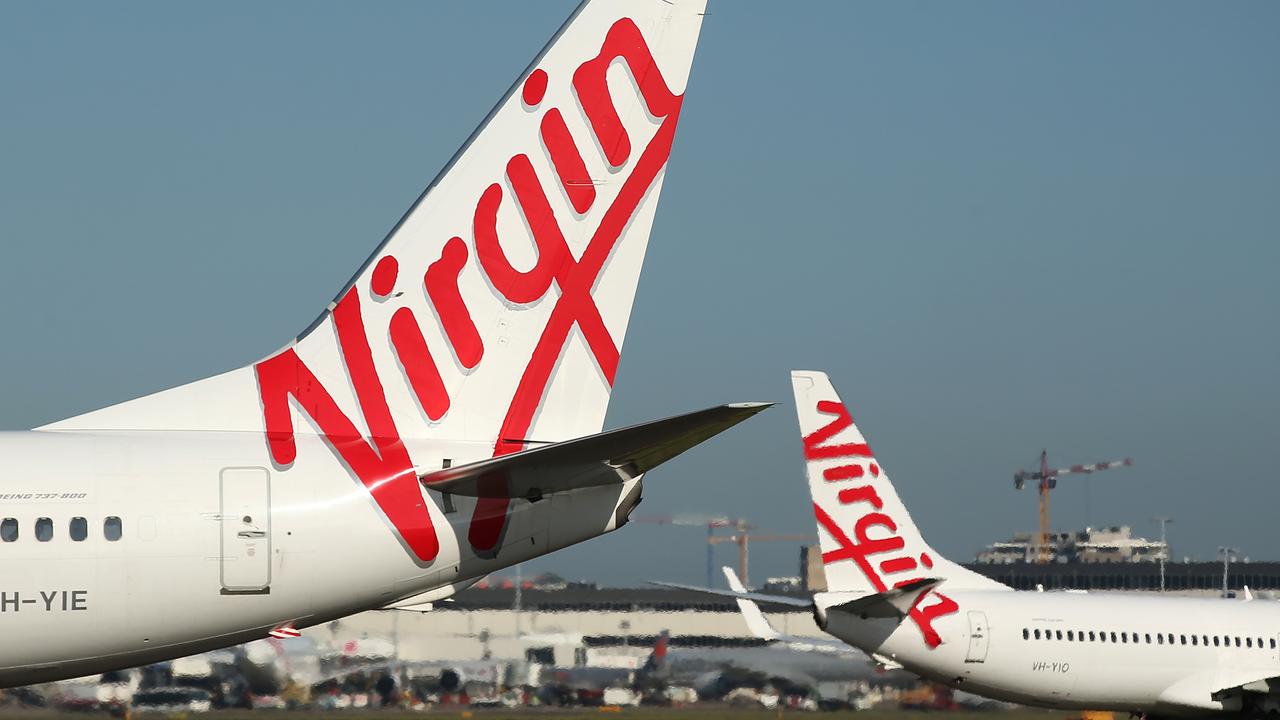Australia’s new F35-A fighters can’t shoot straight, report reveals
Stealth jets bought by the Australian Defence Force still have an “unacceptable” level of gun accuracy, according to a new report.

Defence’s multimillion-dollar joint strike fighters still can’t shoot straight with the plane’s internally mounted cannon being described as “misaligned” and delivering an “unacceptable” level of performance.
The critical assessment of the stealth jets made in the US based Office of the Director of Operational Test and Evaluation DOT & E’s latest report also raised concerns about potential cyber security threats to the aircraft’s complex computer systems.
While noting the F-35A, the variant which Australia is purchasing, had completed the equivalent of 24,000 flight hours durability test, the report was scathing of the performance of the aircraft’s 25mm cannon which is mounted internally and is fired out of a small gun door.
Issues with the F-35A gun were previously raised by the DOT & E’s last year which said it had been firing “long and to the right”.
In the director’s last report released today in the United States, he said the F-35A had taken part in 19 air to ground strafing missions which involved firing over 3,400 rounds to assess accuracy.
Based on the results of the September testing, the DOT & E “currently considers the accuracy of the gun, as installed in the F-35A, to be unacceptable,” said the report.
“F-35A gun accuracy during SDD (System Design and Development testing) failed to meet contract specification,’’ it said.

“Although software corrections were made to the F-35 mission systems software to improve the stability of the gun aiming cues, no software or hardware corrections have yet been implemented to correct gun accuracy errors.”
The report said that misalignment of the gun mounts had led to muzzle alignment errors and the true alignment of each F-35A gun was unknown.
It said the F-35 program was considering options for re-boresighting and correcting gun alignments.
Another issue found during air to air gun testing, involved the pilots receiving “intermittent unsafe gun cockpit alerts while attempting gun attacks”. The cause was being investigated, the report said.
The guns on the F-35b and F-35C variants which Australia is not purchasing, did not exhibit the same accuracy issues.
Other concerns raised by the report related to the Autonomic Logistics Information System (ALIS) which is supposed to streamline everything from the functions of maintenance, prognostics and parts supply chain to training and technical data.
The report said the system does not “yet perform as intended”.
Cyber security issues
Problems were found with data and functionality deficiencies that required “numerous workarounds” while maintainers had to frequently enter data on manually relating to spare parts so they can be tracked.
In some cases the issues were related to problems like a lack of standardisation of suppliers, contractors and field locations. Cyber security issues were also highlighted.
Some vulnerabilities found in earlier testing periods had still not be rectified, noted the report.
More testing needed to be undertaken and testing to date had identified vulnerabilities that “must be addressed to ensure secure ALIS operations”.
The report noted the aircraft could operate for 30 days without being connected to the ALIS but recommended that in light of cyber-security threats, the F-35 program should conduct testing of aircraft operations without access to the ALIS for extended periods.
Australia is purchasing 72 of the F-35A fighters at an approximate cost of $17 billion to replace its fleet of 71 F/A-18A/B Hornets.
Nine of the aircraft have been delivered to the Royal Australian Air Force with the first two arriving in Australia in December.
Defence has been contacted for comment.


